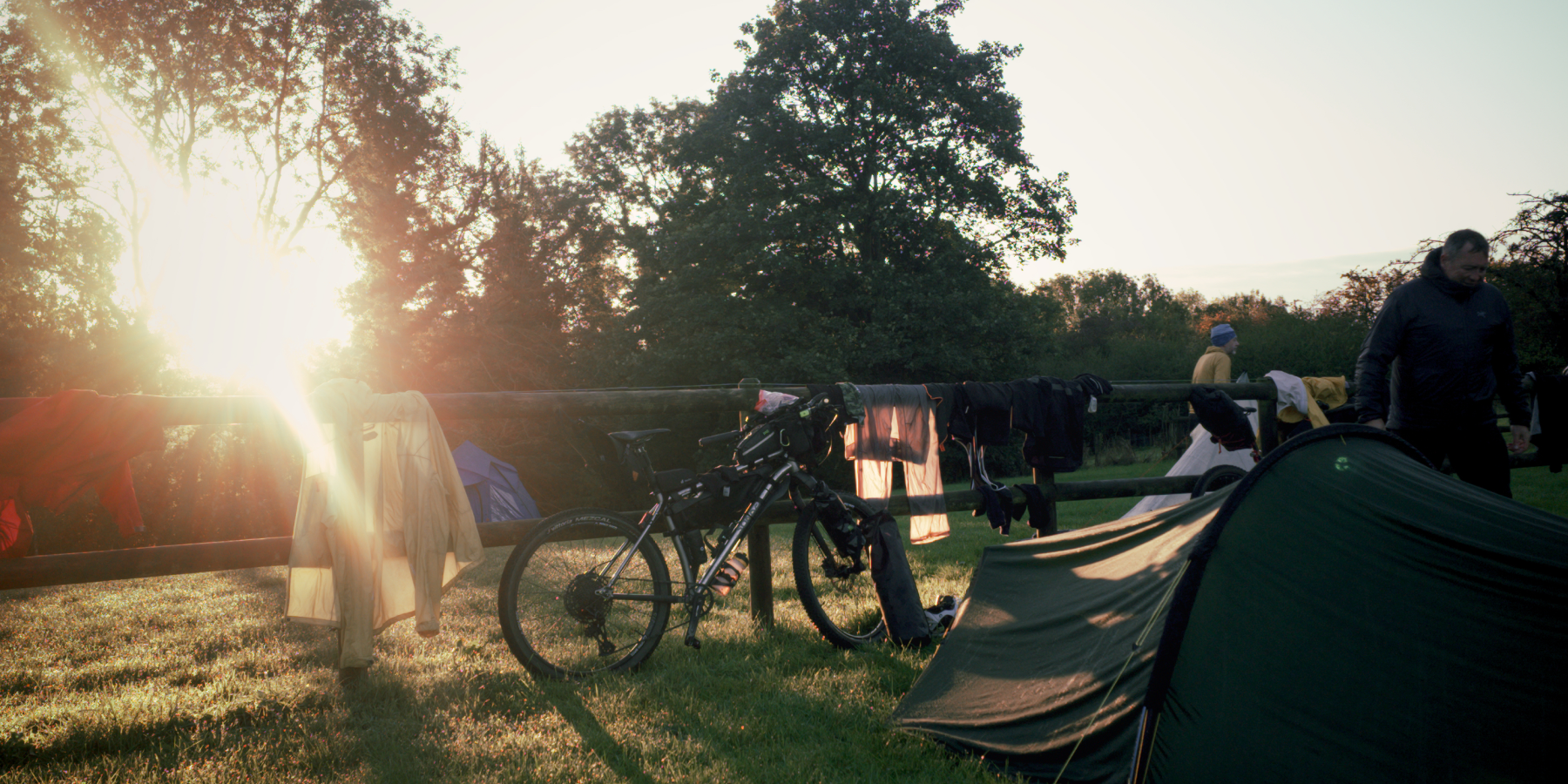With the cycling season on hold and outdoor activities curtailed, the only truly safe place to train is indoors in isolation. But what are the training options available, and what does our clothing line offer indoor cyclists in terms of comfort and performance?

Cycling benefits both physical and mental health, and in these times of great change, both are of great collective importance. Here's our guide to training safely and effectively in isolation.
What are the training options under quarantine?
For now, and for the benefit of others, indoor training is the answer to the current crisis. And while riding alone on a turbo trainer is valuable, the real enjoyment in indoor training opens up when you embrace the virtual world.
Virtual riding options for indoor cyclists
Zwift leads the way in terms of numbers and offers group rides, full-on racing with many top pros, and detailed workouts for more structured training.
In addition to Zwift, there are other platforms like the Spanish-based platform, Bkool, who just announced the Stay Home Cup! It's an indoor competition that features six stages from races on the pro calendar.
Indoor riding comfort
Without a fresh breeze to keep you cool, comfort is everything indoors. And at Ciovita, comfort is what we do best. Our Cinetica Indoor Bib Shorts are specifically designed for use indoors and come packed with a series of features tailored to improving the indoor riding experience.

Designed for increased ventilation, optimal moisture-wicking, and odour control, our Cinetica Indoor Bib Shorts harness the power of our APF fabric technology.
The ergonomic multi-panel construction ensures a comfortable and supportive fit through a variety of intensities—whether short sprint training bursts or longer endurance training. The Cinetica Indoor Bib Shorts feature our VitaGrip Silicon leg grippers to help ensure the bibs stay in place no matter how hard you push.
Finally, the chamois features Ciovita's distinctive three-layer design with a four-way stretch fabric outer layer. A perforated foam inner layer ensures breathability and temperature regulation, while the third layer consists of high density, but breathable Vita-Foam that provides maximum comfort.
Should cyclists train during a pandemic?
While it may be the least of some people's worries, what happens if cycling is a firm part of your day to day life? Should you stop training, rest up and live with the pent up energy, or is it safe to keep training?
Many people assume that physical activity stresses the immune system and that in times of global pandemics, we should avoid any such suppression of the immune system.
But while these widely-held beliefs proliferate, the science suggests differently. A scientific study published in The Journals of Gerontology in 2002 investigated the potential for exercise-induced immune suppression in physically active elderly individuals.
Contrary to widely held views, researchers demonstrated that physically active people have a better immune response to flu vaccination. Researchers noted that "the practice of regular, vigorous exercise was associated with an enhanced immune response following influenza vaccination in older adults."
This is good news, and other studies correlate the finding. Essentially, those who train more, get sick less. And the science even goes further to suggest that stress may be the leading agent in compromising immune systems.
A study published in Medicine & Science in Sports & Exercise in 2011 found a strong correlation between stress and suppressed immune function. Researchers found that "highly stressed people, particularly men, appear to benefit more from physical activity than those with lower stress levels."
How to train during the current pandemic
With the racing season turned on its head, many competitive cyclists need guidance on the frequency and intensity of their training. In a typical season, spring is the time when riders have already established a solid base, and are readying themselves for their target summer events by introducing some intensity.

But in light of current events, racing won't commence any time soon. This means that those who continue with a high training load will inevitably plateau and eventually burnout.
By the time racing and group outdoor riding returns, it may be late summer at the earliest, by which time the newly adjusted race schedule will punish anyone who has been training at intensity all year long.
For now, it seems prudent to stick to the indoor trainer and online platforms and mix a little intensity with abundant zone 2 work to help maintain a solid base without overtaxing the body.
Embrace the downtime
Spending time in isolation can also be a time of great transformation with the right attitude. From improving sleep hygiene to strength and core work, and reading some of the old cycling classics, there's a lot you can do to improve your all-round cycling game. To help with this, we've put together a 21 day home training program to help you get through the lockdown in association with cycling coach Jarred Salzwedel. And remember, that for your clothing needs, we've got your back.


